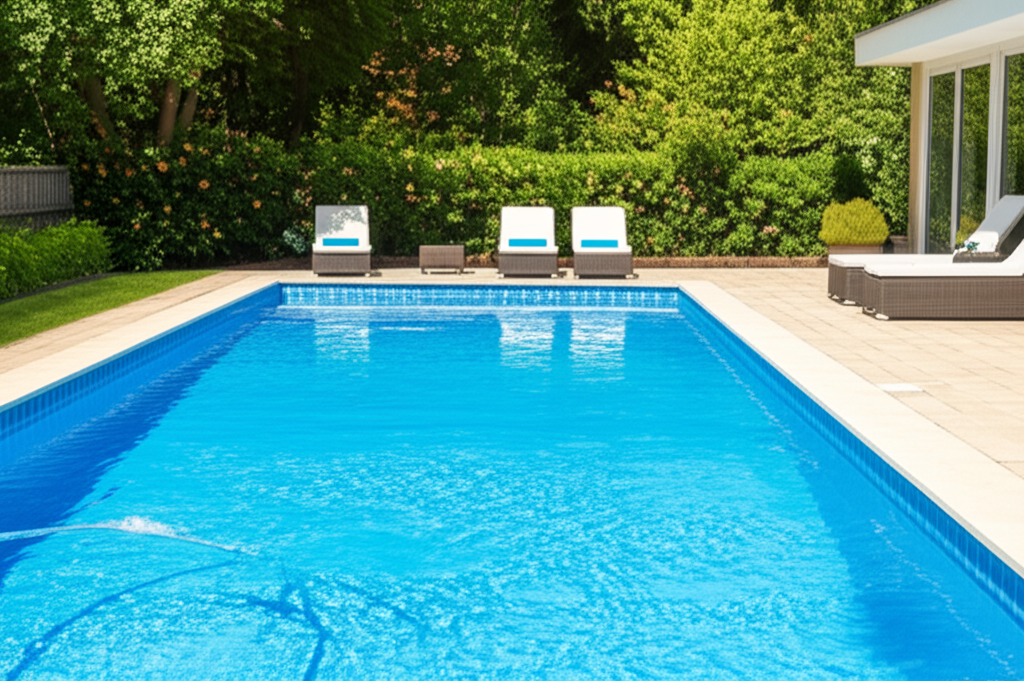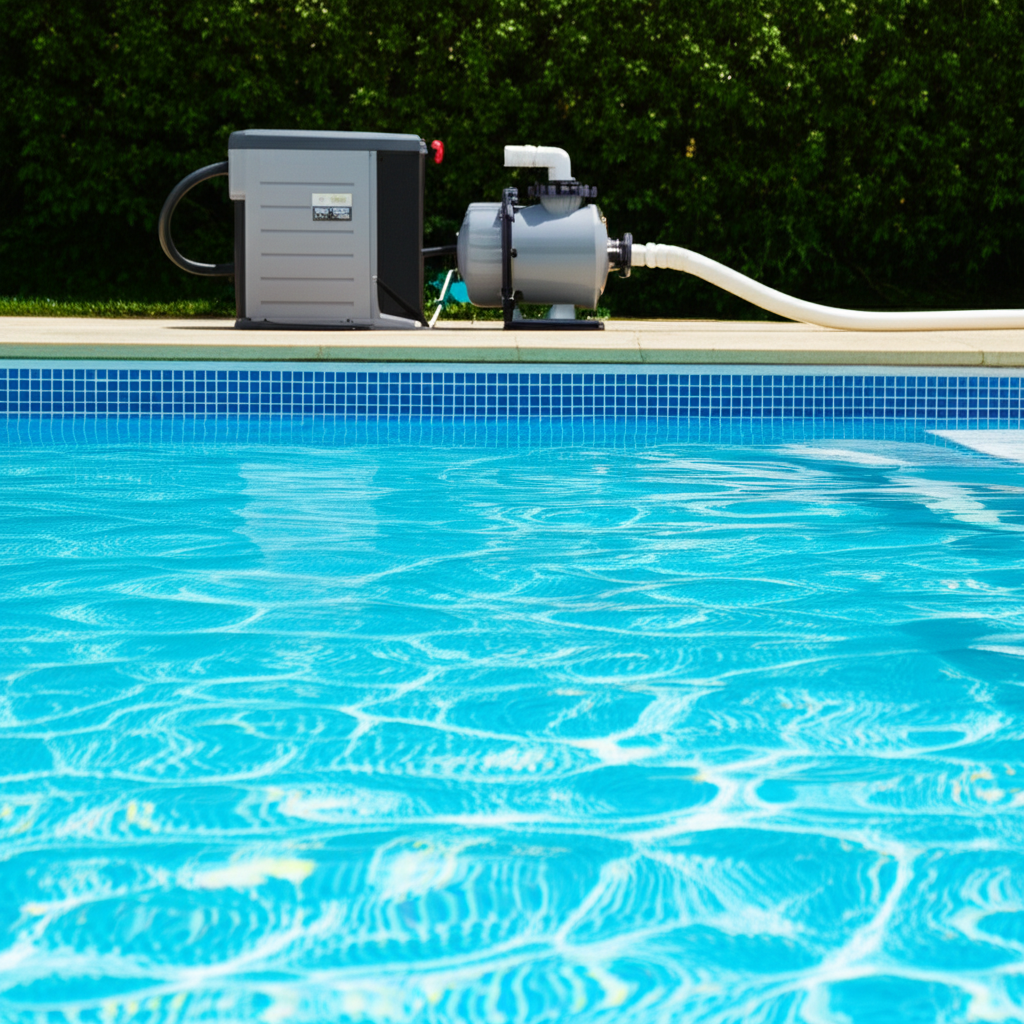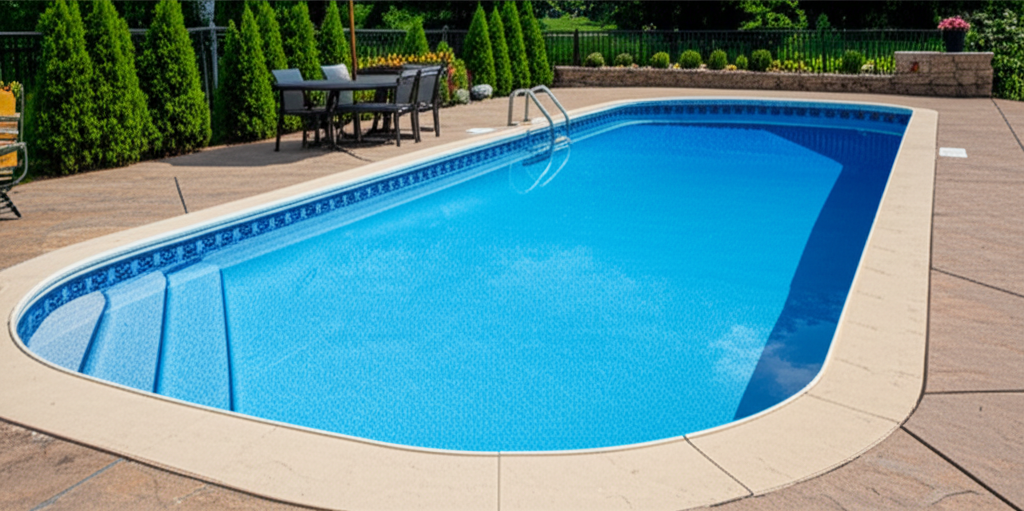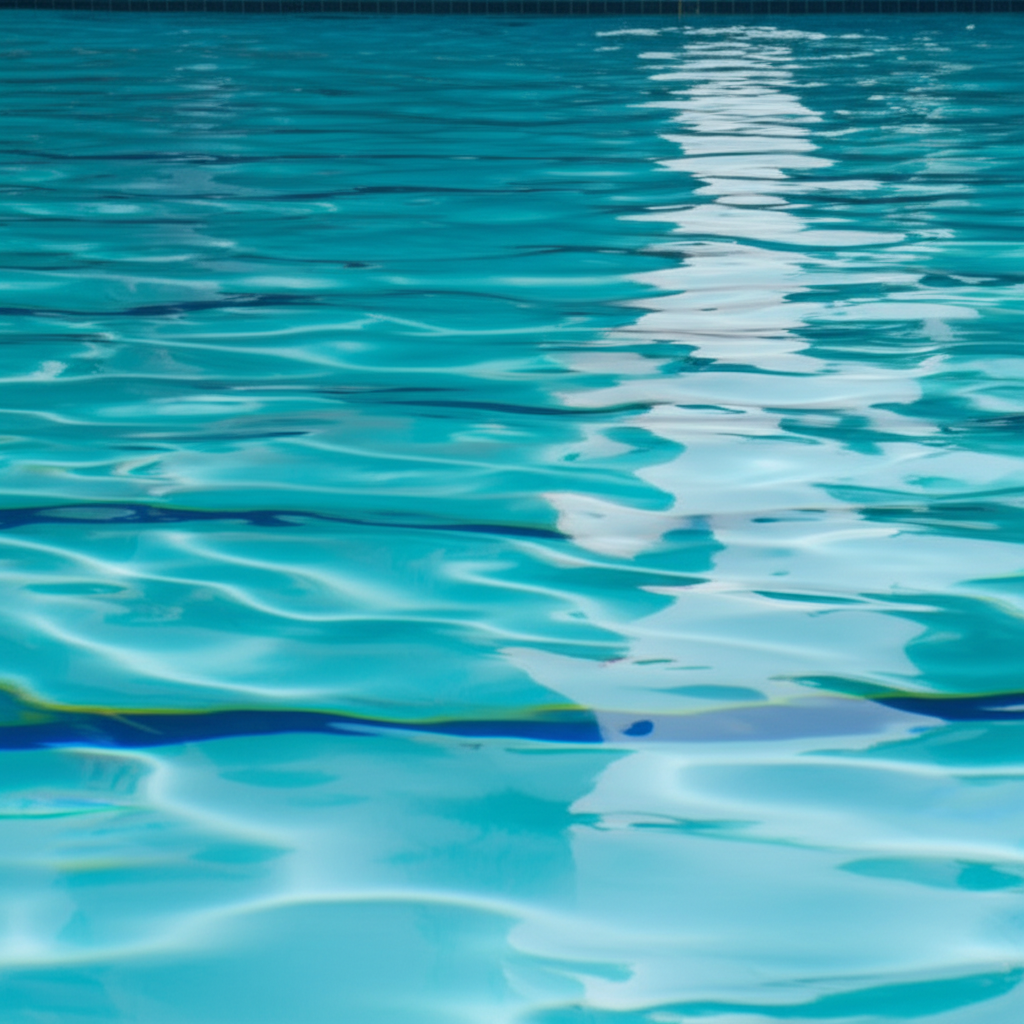- Why a Proper Pool Pump Schedule Matters for Your Pool's Health
- Factors Influencing Your Ideal Pool Pump Schedule
- How Long Should Your Pool Pump Run? Determining Optimal Pump Runtime
- Optimizing Your Pool Pump Schedule for Maximum Efficiency
- Troubleshooting Common Schedule Issues
- Conclusion
Pool Pump Schedule is one of the most critical elements in maintaining a pristine and healthy swimming environment. Far more than just turning the pump on and off, an optimized schedule ensures crystal-clear water, efficient chemical distribution, and significantly prolonged equipment life, all while keeping energy costs in check. Understanding how to properly set and adjust your pump’s operation is fundamental for any pool owner seeking the perfect balance of cleanliness and cost-effectiveness. This guide will walk you through the essential factors and best practices for creating an ideal pool pump schedule.
Why a Proper Pool Pump Schedule Matters for Your Pool’s Health
The pool pump is the heart of your filtration system. It draws water from the pool, pushes it through the filter, and returns it, clean, to the pool. A well-thought-out schedule directly impacts several key aspects of your pool’s health:
1. Superior Water Circulation and Filtration: Continuous movement prevents stagnant spots where algae can thrive and ensures that all water passes through the filter to remove debris, contaminants, and microscopic particles.
2. Effective Chemical Distribution: Without adequate circulation, sanitizers, pH adjusters, and other chemicals won’t mix evenly, leading to hotspots of over-treatment and areas of under-treatment. This can cause cloudy water, skin irritation, and even damage to pool surfaces.
3. Energy Efficiency & Cost Savings: Running your pump unnecessarily is one of the biggest energy drains for pool owners. An optimized schedule minimizes operation while maximizing effectiveness, leading to substantial savings on your electricity bill.
4. Equipment Longevity: Over-running a pump can cause unnecessary wear and tear on the motor, seals, and other components, shortening its lifespan. Similarly, under-running can lead to water quality issues that stress not only the filter but also the entire system.
Factors Influencing Your Ideal Pool Pump Schedule
There isn’t a one-size-fits-all answer for the perfect pool pump schedule. Several variables need to be considered when determining the optimal pump runtime:
Pool Size: Larger pools naturally require more time for their entire volume of water to be circulated and filtered appropriately.
Bather Load: The number of people using your pool significantly impacts the amount of organic material, lotions, and other contaminants introduced into the water. More swimmers mean more filtration is needed.
Weather Conditions: Hotter temperatures accelerate algae growth and demand more sanitizer, necessitating increased circulation. Heavy rain can also introduce debris and dilute chemicals, requiring extra run time.
Filtration System Type and Condition: Different filter types (sand, cartridge, DE) have varying efficiencies. A clean, well-maintained filter will process water more effectively than a dirty or clogged one, potentially reducing the required runtime.
Pump Size and Type: A properly sized pump for your pool, especially a variable-speed pump (VSP), offers greater efficiency and flexibility. VSPs can run longer at lower, more energy-efficient speeds, achieving better turnover for less cost.
Environmental Factors: Pools in areas with lots of trees, dust, or pollen will naturally collect more debris and require more frequent filtration.
Water Chemistry: A perfectly balanced pool chemically may require slightly less aggressive circulation compared to one struggling with pH or alkalinity issues.
How Long Should Your Pool Pump Run? Determining Optimal Pump Runtime
The primary goal of your pool pump is to circulate the entire volume of your pool’s water at least once, ideally 1.5 to 2 times, within a 24-hour period. This is known as the “turnover rate.”
To determine your ideal pump runtime, you need to calculate your pool’s volume and your pump’s flow rate:
1. Calculate Pool Volume:
Rectangular: Length x Width x Average Depth x 7.48 (gallons per cubic foot)
Round: π x (Radius)² x Average Depth x 7.48
2. Determine Pump Flow Rate (GPH – Gallons Per Hour): This can often be found in your pump’s manual or on its specifications. Account for “head” pressure (resistance from pipes, filters, heaters), which reduces actual flow.
3. Calculate Turnover Time:
Total Hours Needed = (Pool Volume / Pump GPH) x Desired Turnover Rate (e.g., 1.5)
For most residential pools, a good starting point for pump runtime is typically 8-12 hours per day. However, this can vary wildly based on the factors listed above. Pools with heavy bather loads or during peak summer heat might need closer to 12-16 hours, especially if using a single-speed pump. Variable-speed pumps can often run 24/7 at very low, quiet, and ultra-efficient speeds, providing continuous filtration without breaking the bank.
Optimizing Your Pool Pump Schedule for Maximum Efficiency
Once you have a baseline for your pool pump schedule, consider these strategies for fine-tuning it:
1. Run During Off-Peak Electricity Hours: Many utility companies offer lower rates during certain times of the day (e.g., late night to early morning). Check with your provider and schedule your pump to operate during these cheaper windows.
2. Split the Schedule: Instead of running the pump for 8 consecutive hours, consider splitting it into two or three shorter blocks. For example, 4 hours in the morning and 4 hours in the evening. This can help keep chemicals better distributed throughout the day, especially after heavy use.
3. Adjust Seasonally: You likely don’t need the same intensive filtration in cooler months as you do in the height of summer. Reduce your pump runtime in autumn, winter, and spring when the pool is used less and algae growth is slower.
4. Embrace Variable-Speed Pumps: If you don’t already have one, upgrading to a variable-speed pump is an investment that pays for itself. They can achieve superior turnover rates with significantly lower energy consumption by running longer at lower RPMs, providing continuous, efficient filtration.
5. Monitor Water Quality: The ultimate test of your schedule is your water quality. If your water is consistently clear, balanced, and algae-free, your schedule is likely good. If you notice cloudiness, algae, or chemical imbalances, it’s a sign to increase your pump runtime or reassess your filtration.
Troubleshooting Common Schedule Issues
Cloudy Water: The most common sign that your pump isn’t running long enough. Increase pump runtime by 2-4 hours and shock the pool if necessary. Also, backwash your filter.
Algae Growth: A definite indicator of insufficient circulation and filtration. Besides chemical shocking, significantly increase pump runtime until the problem is resolved, then re-evaluate your standard schedule.
* High Energy Bills: If your water is consistently clear but your electricity bill is soaring, you might be running your pump for too long, especially if you have a single-speed pump. Gradually reduce the runtime by an hour at a time, monitoring water clarity closely. Consider a variable-speed alternative.
Conclusion
A meticulously planned pool pump schedule is foundational to enjoying a sparkling, healthy swimming pool. It’s a dynamic process that requires understanding your pool’s unique needs and adapting to changing conditions. By factoring in pool size, bather load, weather, and pump type, you can determine an optimal pump runtime that not only keeps your water pristine but also protects your budget and your equipment. Regular monitoring and seasonal adjustments will ensure your pool remains an inviting oasis, always ready for a refreshing dip.




